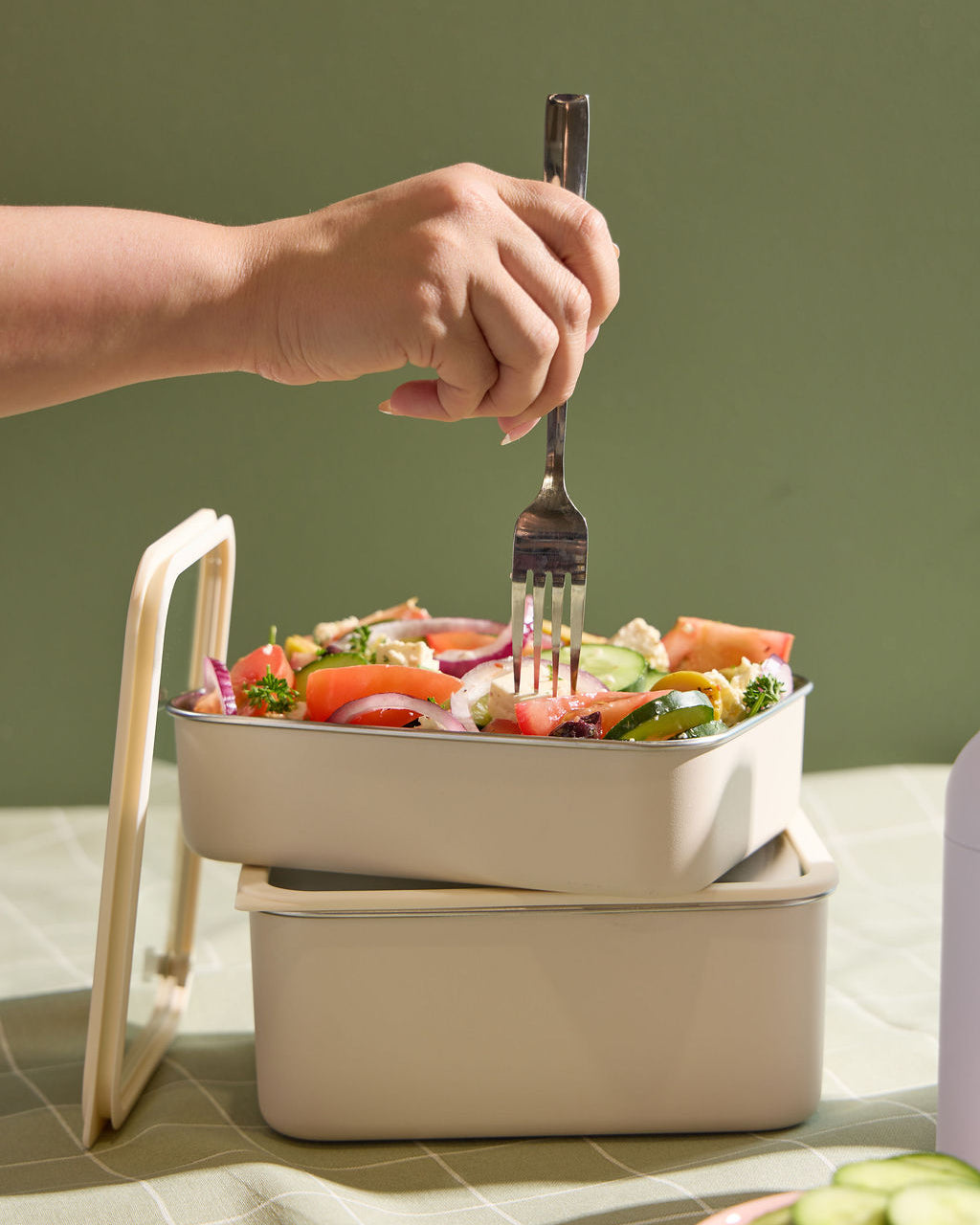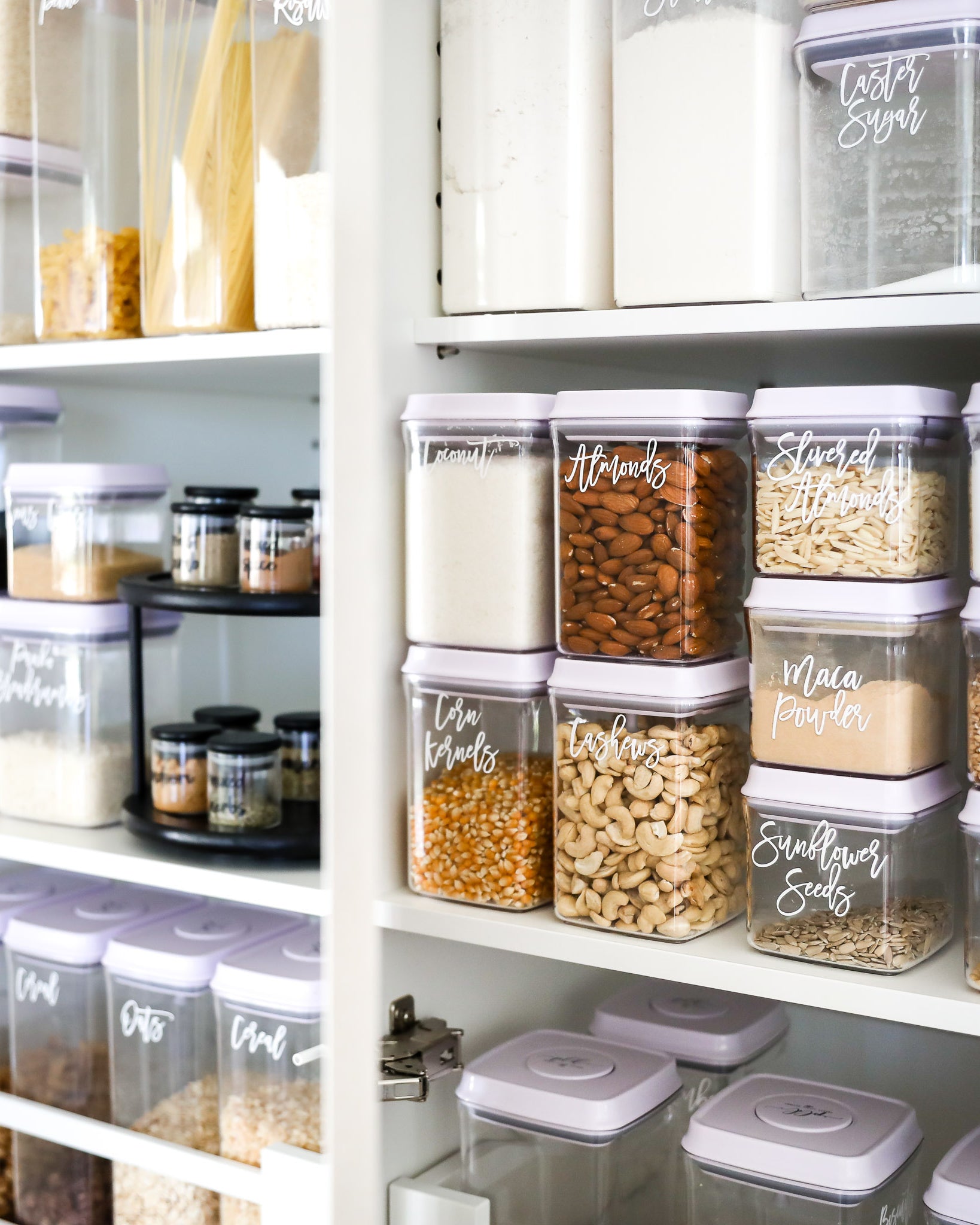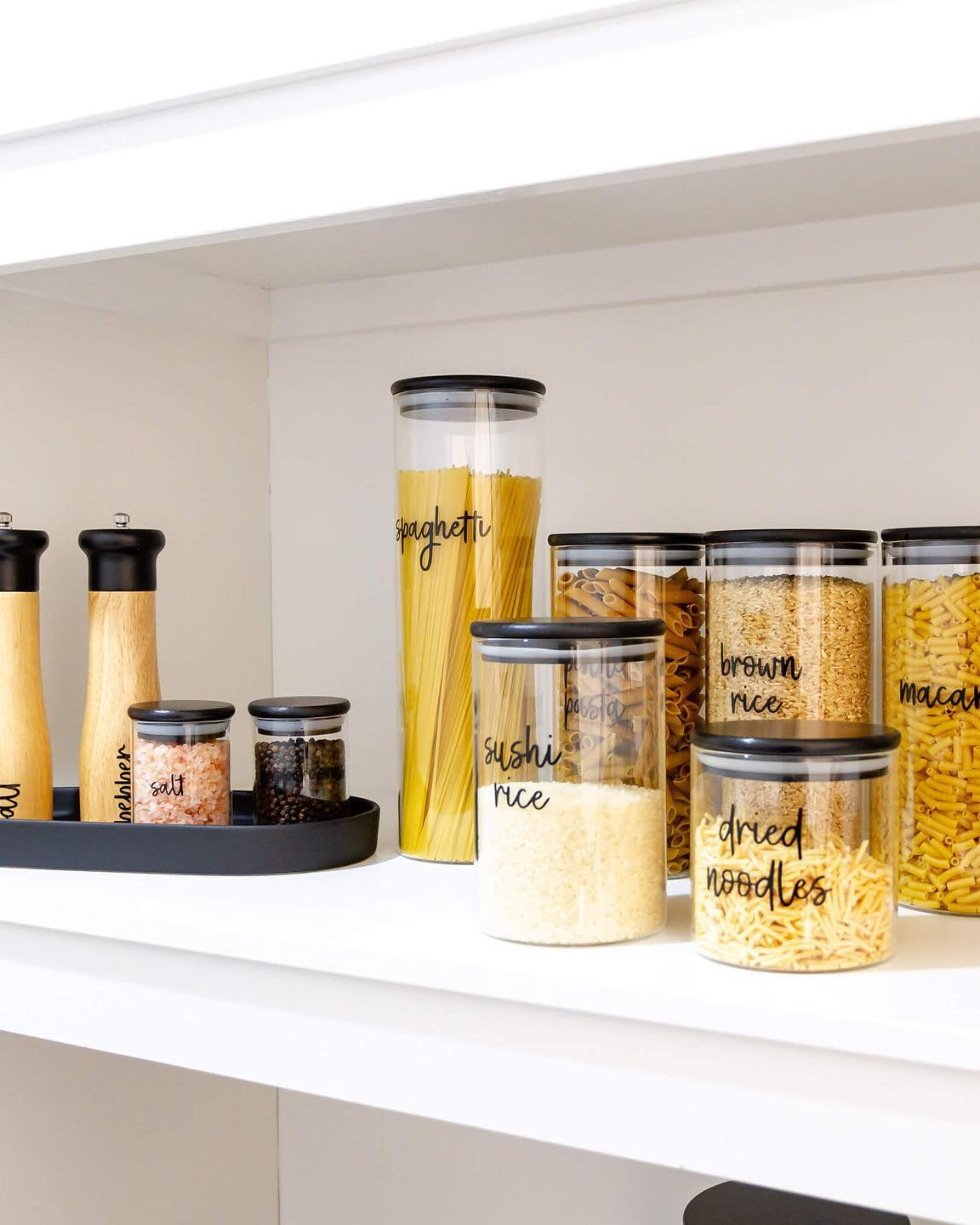Labelling is often associated with organizing and functionality with an objective to save time and enhance efficiency. It helps you to identify food items and keeps the space clutter-free. Besides, there are many advantages of labelling food when running a commercial kitchen like a hotel or restaurant.

how to label food in a commercial kitchen?
Benefits of Labeling Food in a Commercial Kitchen
Safety
You follow correct safety procedures when you use food rotational labels. These labels have all the necessary details to help you in identifying the freshness, and your employees can easily decide which jar to consume first.
Efficiency
When you label your food items, you don’t waste your time finding things that you need while cooking. You can use the food items just by looking at it. It marks the efficiency, and you don’t need to guess what’s inside.
Prevents Illness
As you label the food items that are sensitive to certain temperatures and may expire after some time, you give an idea of whether it's safe to serve or not. This way, food items correctly labelled and stored in different commercial kitchen storage containers according to date and time helps prevent any illness.
Reduces Wastage
When you know which food items will expire after some time, you tend to use them before their expiry. This way, labelling helps create a menu where food items are to be used before their expiry, and it will help unnecessary wastage of food items.
Quick Inventory
Accurate labelling of food items helps you with quick inventory where you know what you have in your kitchen and what you need to buy from the market. Also, it keeps track of what time you need to make grocery purchases.
How to Label Food in Commercial Kitchen?
Now that you know the advantages of organizing your kitchen with the help of labels here are some quick tips of how to label food items:
- Filling out rotation labels is essential in a commercial kitchen. Try including the necessary information such as employee name, product name, or preparation date.
- Apart from this, you can also include allergy warnings, handling instructions, or how to prepare certain food items that are temperature sensitive.
- Moreover, the colour of the label can also help in maintaining an organized kitchen. You can stick to colour codes and assign those colour codes to each day of the week, such as:
- Sunday: Orange
- Monday: White
- Tuesday: Red
- Wednesday: Green
- Thursday: Yellow
- Friday: Pink
- Saturday: Blue
Day dots was the first one to introduce colour-codes in food labelling, which were known as day-of-the-week labels in 1985. Today, these colour-coded schemes have become the industry standard, and many commercial kitchens and hotels abide by this to maintain an organized and functional kitchen. It helps reduce wastage of time where you don’t need to spend time deciding the menu of the week.
Things to consider while choosing your labels:
Material
Label material is the foremost thing to consider when labelling food items. Make sure to use tags that don’t get dissolved in water due to accidental spillage. Also, use marker pens that don't fade away due to repeated use of the containers. Choose labels that are temperature sensitive that include heat-sensitive indicators and the ones that are resistant to moisture when kept in the freezer.
Label Type
Labelling eliminates guesswork, mistakes, and saves your time. Employees may not always be clear about how to label the food. Try including the following information on the food label.
- Item names
- Quantity
- Use-by dates
- Employee names
- Prep dates and times
- Expiry date
Proper labelling of food items would help ensure the safety of customers as they are served with fresh and quality food.
Make sure that the labelling system you abide by fits your needs correctly. It makes way for the proper training of your staff in a commercial kitchen. If you need labels to maintain your commercial kitchen, we have a variety of kitchen labels catering to your needs. Don’t hesitate to contact us- https://prettylittledesigns.com.au/




